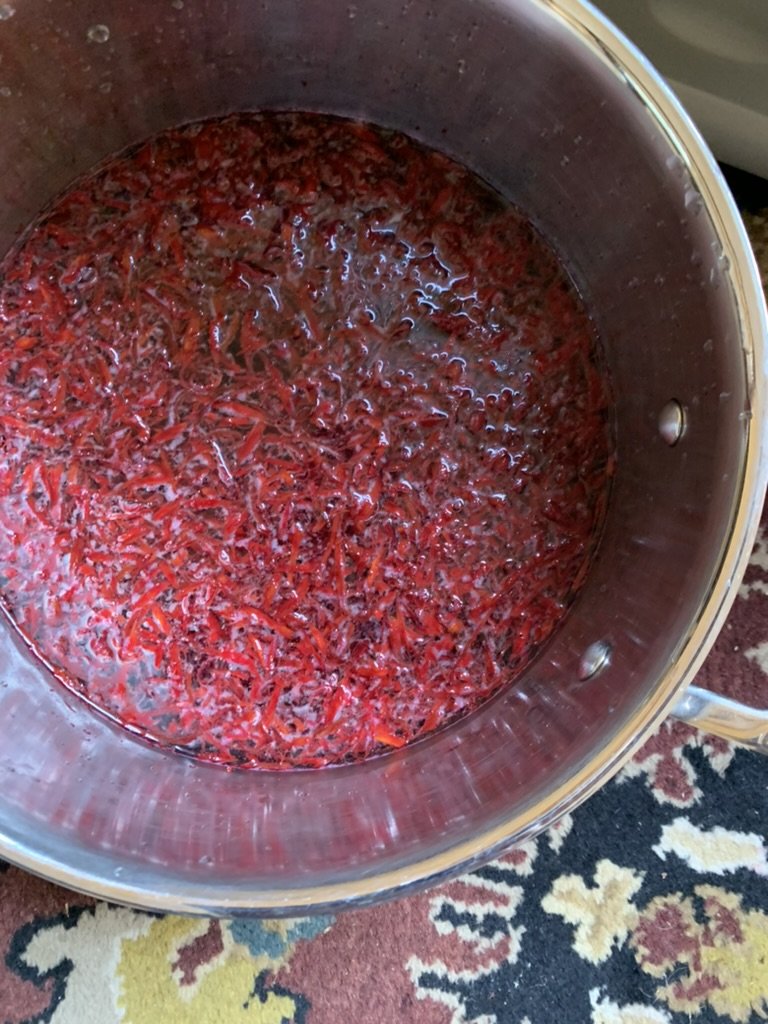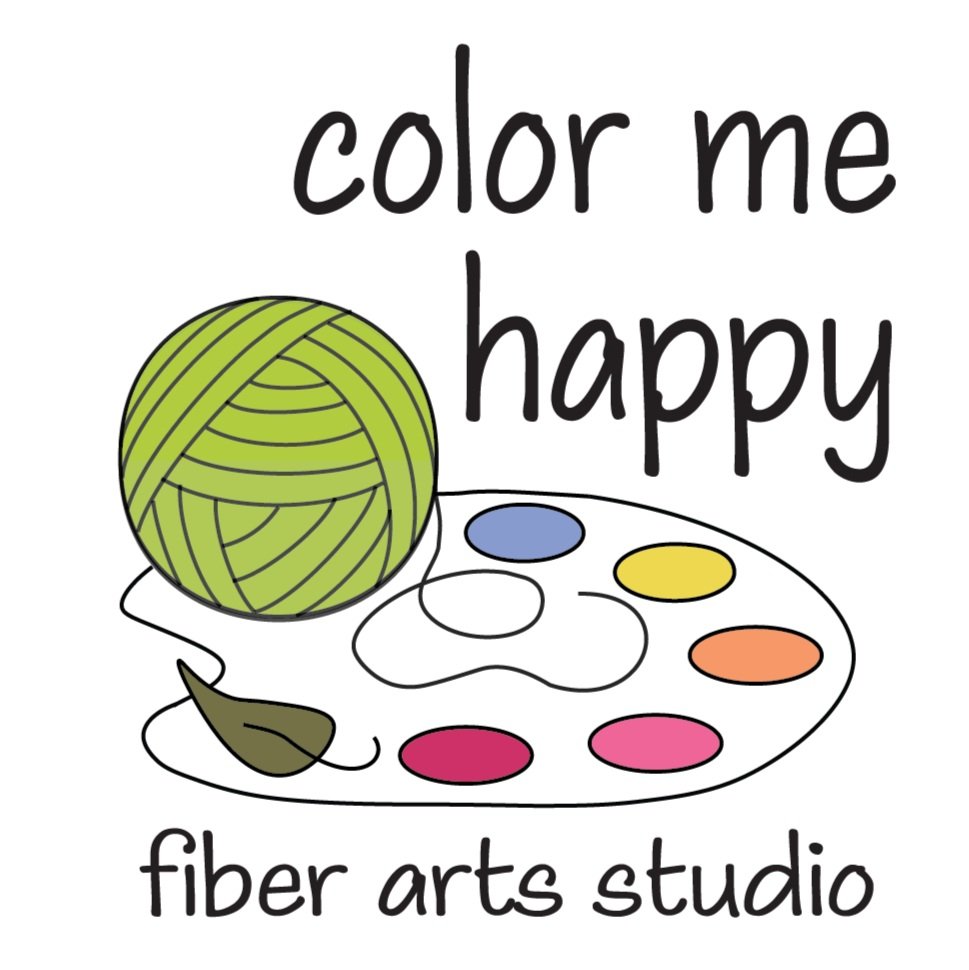
More about …
-
We strive to operate in a sustainable way that honors the earth and our community. We harvest dye materials whenever possible from our own garden and local area. This includes all of our goldenrod, marigold, walnut and birch bark. We have started a madder garden and so look forward to using our own madder in the future. When we purchase dye materials, we do our best to ensure that we choose a source that knows its suppliers and insists on ecologically sound methods.
At the studio we choose reusable or biodegradable materials whenever possible. For example, instead of paper towels, we wipe up dye spills with compostable Swedish dishcloths and we choose reusable plastic ties instead of single use ties to separate skeins during dyeing. Our biggest ecological impact is water use, since natural dyeing requires a lot of water for rinsing and washing, and while we hope one day for an integrated greywater system, we make every effort to use rinse water efficiently and reuse water for our garden whenever possible.
-
In developing our colorways, we build on our experience as researchers and our love of learning. Some of this work involves careful planning and experimentation, with “control” conditions to measure the effect of a new dye material or technique. Linda enjoys crafting a well-designed study, with multiple conditions charted out ahead of time. We closely document the process and the effects, which are sometimes surprising despite all our planning! Michelle enjoys small pilot studies, improvising in the moment to see what happens, and documenting the results. These attempts often lead to more controlled studies.
Once we “discover” a color or effect we love, we will replicate the process a few times to be sure we can recreate it. Of course, one of the beautiful things about natural dyes is that there is always some element of surprise because so many factors are involved in creating the final product. We are delighted and amazed by how much we learn each time we work in the studio.
-
We enjoy collaborating with family and friends who share the love of fiber arts, and we have been fortunate to learn from others who have been generous with their time and knowledge.
We have made a commitment to give back, honor, and support other makers, with an emphasis on social justice. One of our goals is to promote organizations that support wellbeing, particularly those who integrate fiber with social and environmental causes.
-
Natural dyes are like people...each one is a little different! Even within the same dyebath there can be variation, which adds richness and depth to your final product. If you are combining skeins and want a more consistent color throughout, you may want to consider alternating skeins.
We rinse and then wash each skein until the rinse water is clear. However, all yarns can release some color if washed again in warm water. For this reason, we strongly suggest you use only cool water when washing our yarns, fibers, and the things you make with them. Be sure to tell any lucky people receiving a hand-made item from you about this process.
Some natural dyes are also sensitive to changes in pH, so be sure to use a neutral soap for hand washing. Something like Eucalan works well.
Some natural dyes are less lightfast than others (and in general, natural dyes are less lightfast than chemical dyes). For most items that are worn intermittently this will not be an issue, but a hat worn outside every day, or a pillow in the sunlight may fade some over time.
-
-
You can see the most recent posts from our social media feed here.
